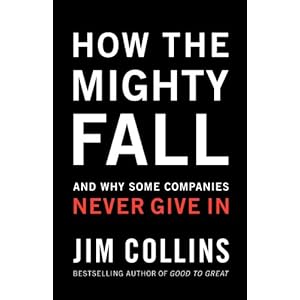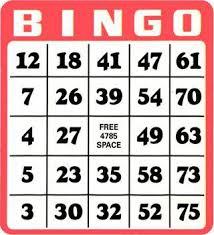Are You Looking For “An ASS To Kick”…” Throat to Choke” or a Solution to a Problem?… (There is a difference)
When things go wrong, (or not according to plan) how do you and other leaders in your organization react? (go ahead, be honest…it’s just the two of us…) Do you and other leaders look for “What ASS to Kick” or “What Throat to Choke”? Or do you focus on determining and defining the problem and setting out to develop a creative solution?
Your answer will determine if you are on a “market leading” team, or a “market Losing” team.
Predictably our President Obama used some hard talk, harsh rhetoric in a recent interview. I am not going to debate if he was too cool and calm to this point, and if he should have or shouldn’t have said he was looking for “What ASS to Kick”. What I want is for you to watch this You tube clip of the interview and ask yourself how it makes you feel if this was someone you reported to.
Go ahead click this link…I will wait…

http://www.youtube.com/watch?v=wQ3nSUdsOeU .
Ok, so how did it make you feel?
Before we judge the president too harshly… do you or your organization allow and practice this behavior of blame storming? You sure? When I saw this interview I first thought his language was predictable in the sense that the news media was challenging his calm demeanor during this crisis. So I expected some much stronger language. However when someone in a position of leadership takes this bully approach it quickly makes me feel like they are not a part of the problem or solution. It as if they are a leader trying to distance themselves from the problem as opposed to owning it and being a part of the solution.
When a business leader speaks like this to his or her team ( or me) , they are basically saying…” I don’t know what to do…I am frustrated…my assumption is you know the problem …the perfect solution, and you are choosing not to work,…you are not motivated( accountable) to execute what needs to be done for one reason or another…and I am tired of looking bad” It’s ok to admit a problem frustrates you. However it is not ok to take your frustration out on others.
Leaders who jump into blame storming mode are more concerned about how the current situation makes them look…”politically”. They are actually fear motivated as they are fearful of how the current situation may somehow attach and tarnish their personal reputation. Blame storming is about reducing their exposure, their fear, by becoming “above” the situation. The trouble is when you enter fear mode, your creatvity needed to solve the problem shuts down.
Do you feel you would be loyal to a leader so quick to look for someone to “Throw under the bus?”
Market leaders gather data and perform triage not to find a “Throat to Choke” ( hold people more accountable) but to establish truths versus relying on their gut and intuition.
Market leaders clearly define the problem and humbly seek the advice of experts that have solved problems like this in the past. They seek out advice and develop a plan, a roadmap to a solution based on the data gathered and they manage the process not the people.
Market leaders use problems and challenges to strengthen their teams, and their teams loyalty to them and the organization.
So again I ask….What kind of organization do you work for?
Is there ever a time “ASS Kicking” or Throat Choking” is the solution? (I don’t think so but hey…I may be wrong. so please share)
Should we seek out “who to blame”?
Or
Should we clearly define the problem and set out to solve it?
Or do you believe ( as one CEO said to his senior leadership team before a board meeting) : “We need to identify a fall guy for —– as I do not want it on my head”
Again, feel free to argue with me…but I believe people come to work with the desire to add value, the desire to make a difference. If you truly have an accountability problem then shame on you as the leader for allowing it to result in a problem ( disaster) like you are now facing. Accountability problems do not just show up one day, they fester over time.
As the leader, your job is to create a culture that focuses on the problem and not the person.
Your role is to rally your team to break through problems and roadblocks. ( not look for someone to run over)







